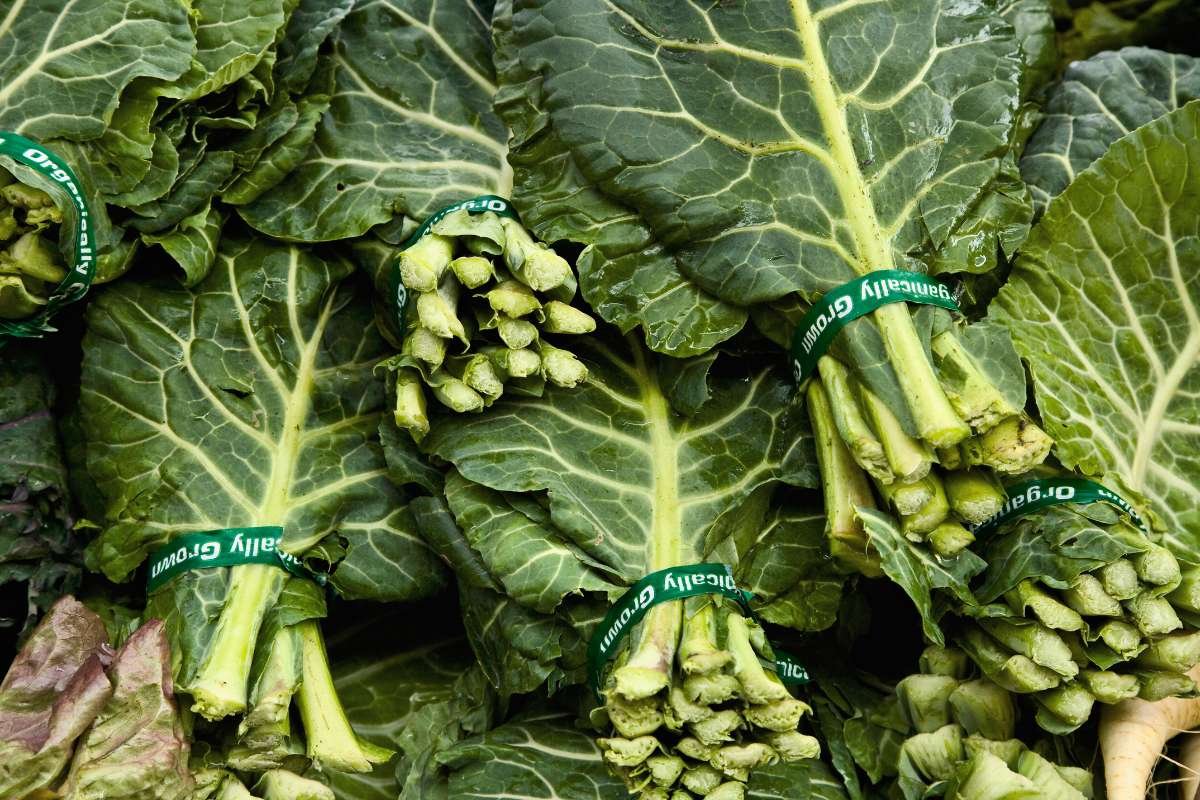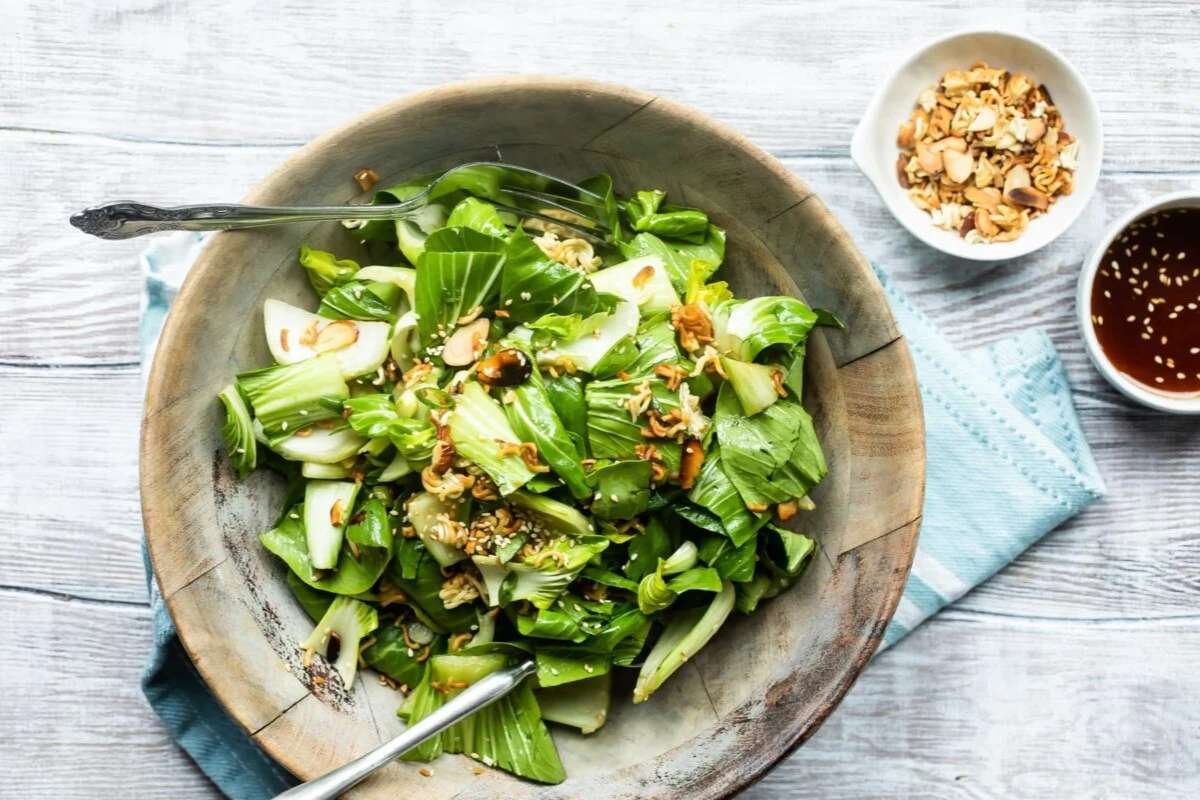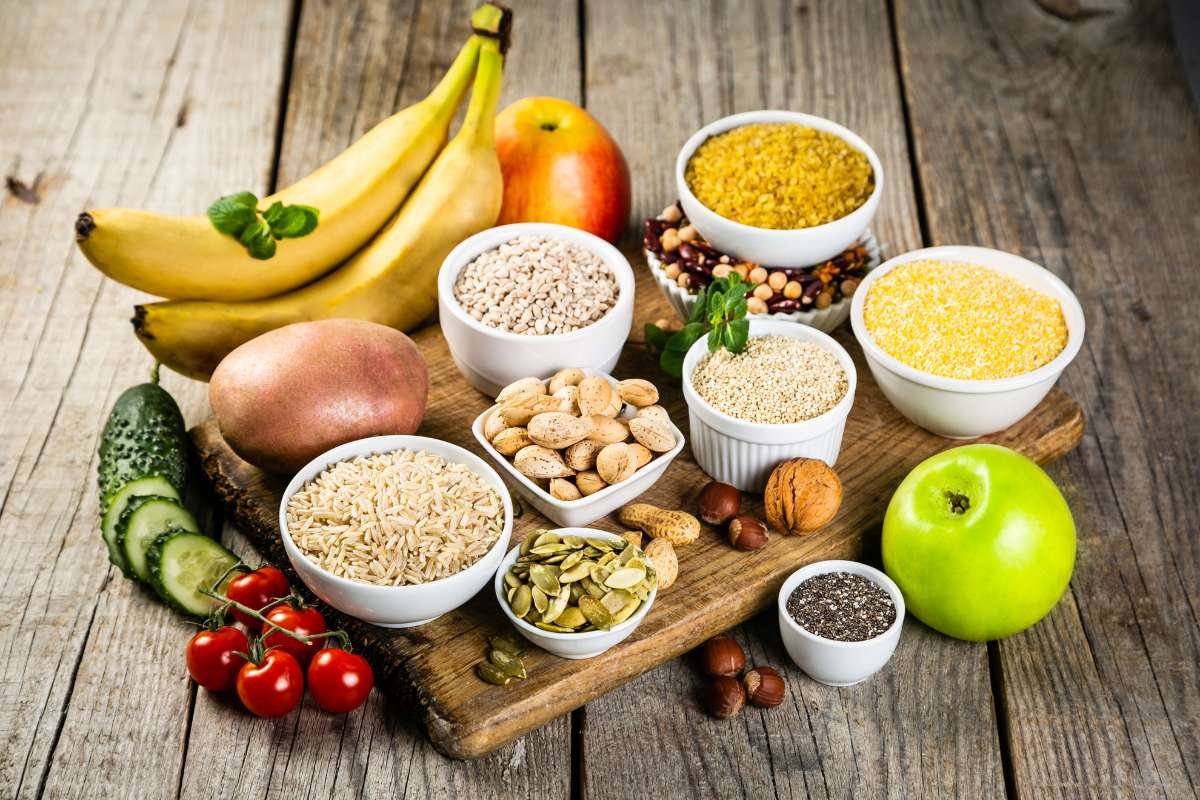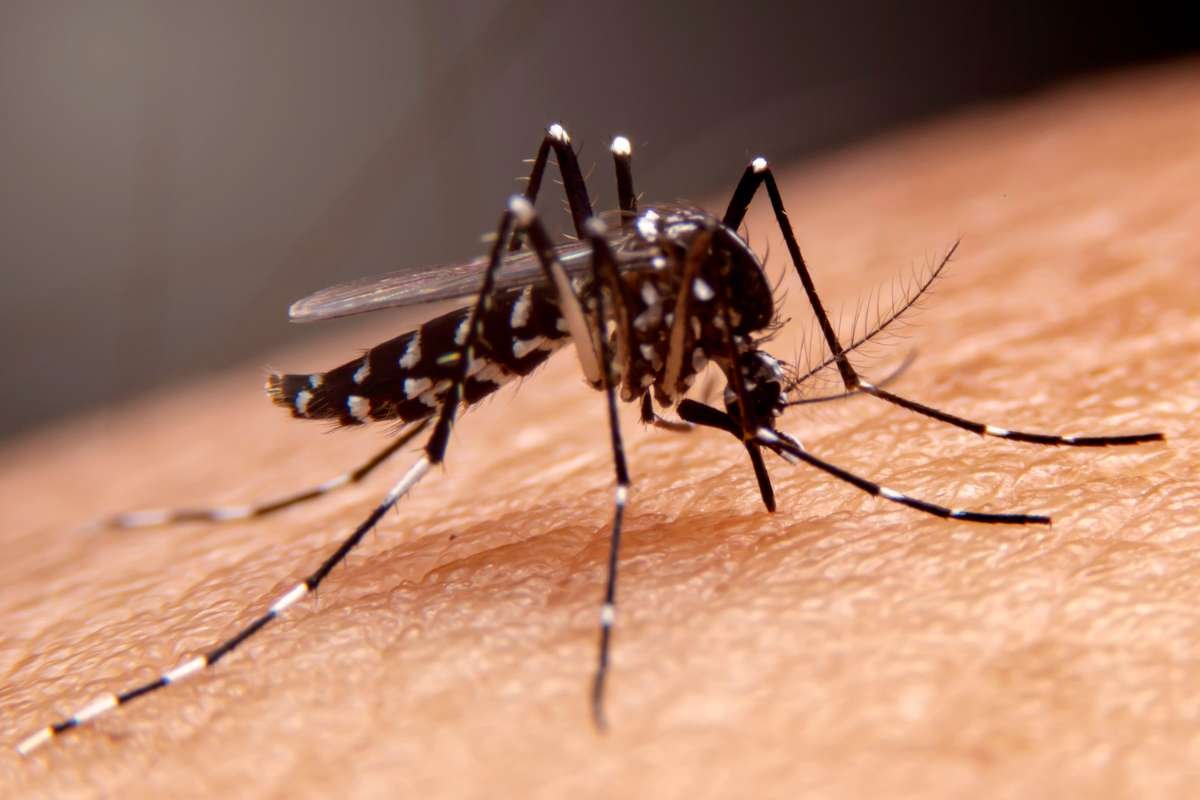Starting a Raw Food Diet is more than just changing what you eat—it’s a way of living that focuses on eating foods in their natural, uncooked state. Supporters say it helps keep more nutrients, improves digestion, and boosts energy. But what does science say? Let’s look at the basics, benefits, possible downsides, and easy tips to follow this diet the right way.
Understanding the Fundamentals
A Raw Food Diet focuses on eating whole foods like fruits, vegetables, nuts, seeds, and sprouts without cooking or processing them, usually keeping the temperature below 118°F (48°C). The idea is that gentle preparation keeps important enzymes and nutrients that can be lost with heat, giving you the most nutrition. Some versions include raw dairy, cold-pressed oils, or even raw fish and meat, but most people eat mostly plant-based foods prepared carefully.
This way of eating is similar to how people ate long ago when cooking was limited. Many health experts say fresh, raw fruits and veggies have more vitamins like vitamin C and B vitamins, which can be reduced by cooking at high temperatures.
Key Nutritional and Health Benefits

1. Maximal Nutrient Retention
By avoiding high temperatures, this diet preserves heat-sensitive vitamins and phytonutrients. Examples include vitamin C, certain B vitamins, and antioxidants found abundantly in fresh produce. Folic acid and enzymes, for example, remain intact, potentially aiding digestion and metabolic processes.
2. Increased Fiber and Phytonutrient Intake
Embracing raw fruits, vegetables, and legumes significantly boosts fiber intake, supporting healthy digestion, balanced blood sugar, and improved gut microbiome diversity. Phytochemicals—like carotenoids, flavonoids, and polyphenols—remain potent and contribute to antioxidant defense.
3. Improved Hydration and Weight Management
Many raw foods are water-rich (think cucumbers, melons, leafy greens), helping maintain hydration. Combined with lower calorie density and high satiety-inducing fiber, this approach supports weight loss or maintenance without sacrificing fullness.
4. Detoxification and Alkalinity Myths
Some claim a raw plant-based focus supports natural detox pathways and promotes a more alkaline internal environment, reducing inflammation. While the body maintains tight pH control, the abundance of alkaline-forming foods may benefit inflammatory markers and overall metabolic balance.
Potential Risks and Nutrient Gaps

No dietary approach is one-size-fits-all. Here are areas where a Raw Food Diet may fall short if not carefully planned:
- Protein Adequacy: While nuts, seeds, and legumes supply plant-based protein, some individuals may struggle to meet total protein needs—especially if athletic or older. Strategic combination and volume matter.
- Vitamin B12 Deficiency: B12 is virtually absent in plant foods unless fortified. Without supplementation or intentional intake (e.g., fortified plant milks or nutritional yeast), deficiency risks rise—leading to fatigue, neuropathy, and anemia.
- Calcium and Vitamin D: Raw plant intake may be low in calcium unless leafy greens like kale or collards are abundant. Sun exposure helps with vitamin D, but supplementation might be necessary in low-sun regions.
- Iron and Zinc Bioavailability: Phytic acid in raw legumes, seeds, and grains impairs mineral absorption. Enhancing uptake via soaking, sprouting, and pairing with vitamin C-rich foods can help, but monitoring remains important.
- Digestive Tolerance: A sudden surge in raw fiber can cause gas, bloating, or discomfort. Gradual transition and mindful preparation ease adaptation.
Tips for Safe and Balanced Adoption
If you’re interested in trying a Raw Food Diet, here’s how to do it carefully and in a way that lasts:
1. Plan for B12
Eat fortified foods like nutritional yeast or products with added B12, or take a good B12 supplement. Check your B12 levels regularly.
2. Eat Protein-Rich Raw Foods
Include hemp seeds, chia seeds, sprouted beans, and raw nut butters. Add them to smoothies, salads, or raw energy balls to get enough protein every day.
3. Soak, Sprout, and Ferment
These methods help reduce substances that block nutrients and make it easier for your body to absorb them. Try sprouted mung beans, raw sauerkraut, or soaked almonds.
4. Get Enough Vitamin D
Spend some time outside in the sun or take a supplement if you can’t. Some fortified raw milks, like almond or soy milk, can also help.
5. Include Calcium Foods

Eat leafy greens like kale, bok choy, or chard, and add sesame seeds or tahini. You can mix these into dressings or raw breads.
6. Change Slowly
Start by making one meal a day fully raw, then add more as you feel comfortable. Pay attention to your energy, digestion, and hunger.
7. Keep Track of Key Nutrients
Work with your doctor to check levels of B12, iron, zinc, vitamin D, calcium, and protein, especially as you switch to this diet.
Similar Articles:
- Raw Food vs Cooked Food: The Shocking Truth No One Talks About!
- Is Eating Raw Rice Safe? Here’s What You Need to Know
Sample Daily Meal Plan
Here’s a sample outline to illustrate a nourishing day with a Raw Food Diet (plant-focused variation):
- Breakfast: Green smoothie—spinach, frozen banana, hemp seeds, matcha powder, fresh ginger, filtered water.
- Mid-Morning Snack: Apple slices with raw almond butter.
- Lunch: Rainbow salad—mixed leafy greens, shredded carrots, bell pepper, cucumber, sprouted chickpeas, avocado, hemp seeds; lemon–tahini dressing.
- Afternoon Snack: Trail mix of raw walnuts, goji berries, pumpkin seeds, cacao nibs.
- Dinner: Zucchini noodle ‘pasta’ with raw tomato–red pepper sauce, marinated olives, basil, nutritional yeast.
- Evening Treat: Chilled raw berry chia pudding—chia seeds soaked in coconut water, blended berries, a touch of vanilla.
This plan provides fiber, healthy fats, plant proteins, and hydration. It also supports nutrient diversity and enjoyment—key to long-term adherence.
Evidence and Expertise
Nutrition science continues to explore raw-only approaches. Studies suggest raw plant-based diets can improve markers like blood pressure, cholesterol, and weight, largely due to high fiber and phytonutrient intake. Research also underscores the risks of nutrient gaps like B12, which reputable dietitians and clinical nutritionists emphasize mitigating through supplementation or fortification strategies.
Professional bodies like the Academy of Nutrition and Dietetics support well-planned vegetarian and vegan diets—raw or otherwise—provided nutritional needs are met through planning and monitoring.
Is It Right for You?
A Raw Food Diet is popular with people who want to eat mostly whole, plant-based foods with little processing. But it can be hard for those who need a lot of calories, have a tight budget, or like different cooking styles.
If you have health issues like pregnancy, diabetes, or digestion problems, or if you are an athlete, or don’t have easy access to many raw foods, it’s a good idea to get help. A registered dietitian or nutrition expert can help you create a safe and balanced plan.
Wrapping Up
Many people are drawn to a Raw Food Diet because it means eating foods just as nature made them. This diet offers great benefits like keeping nutrients and fiber intact, and it supports simple, honest eating. But it can also bring some nutrition challenges that need careful planning.
By focusing on important nutrients like B12, protein, calcium, vitamin D, and how your body absorbs them, you can stay healthy and full of energy. Whether you eat completely raw or include a little cooking, the main idea is to choose fresh, whole foods for the best health.







